The Ultimate Baked Vegan Cheesecake (An Easy Cashew Recipe)
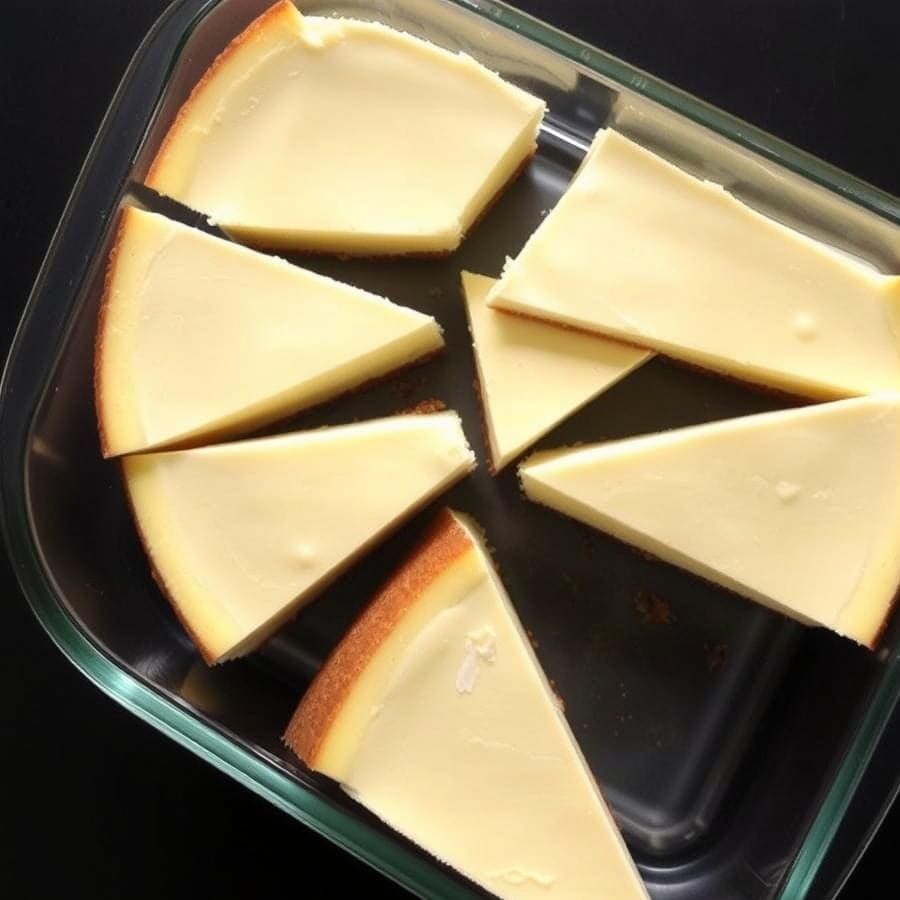
If you thought a truly rich, creamy, and decadent baked cheesecake was impossible without dairy, this recipe is here to change your mind. We’re harnessing the power of raw cashews to create a velvety smooth filling that rivals its traditional counterpart in every way.
Forget the tofu or store-bought vegan cream cheese; this recipe focuses on whole-food ingredients to build a truly unforgettable dessert. It’s baked to perfection for that authentic, firm-yet-airy texture, all nestled inside a nutty, gluten-free almond-oat crust.
Let’s bake something amazing.
- Why This Recipe Works: The Science of a Perfect Vegan Cheesecake
- Essential Equipment for Cheesecake Success
- The Ingredients You’ll Need
- How to Make Baked Cashew Cheesecake: A Step-by-Step Guide
- Get Creative with Toppings and Variations
- Pro Tips for a Flawless Finish
- Troubleshooting Common Cheesecake Issues
- How to Store and Freeze Your Cheesecake
- Frequently Asked Questions
- Conclusion
Why This Recipe Works: The Science of a Perfect Vegan Cheesecake
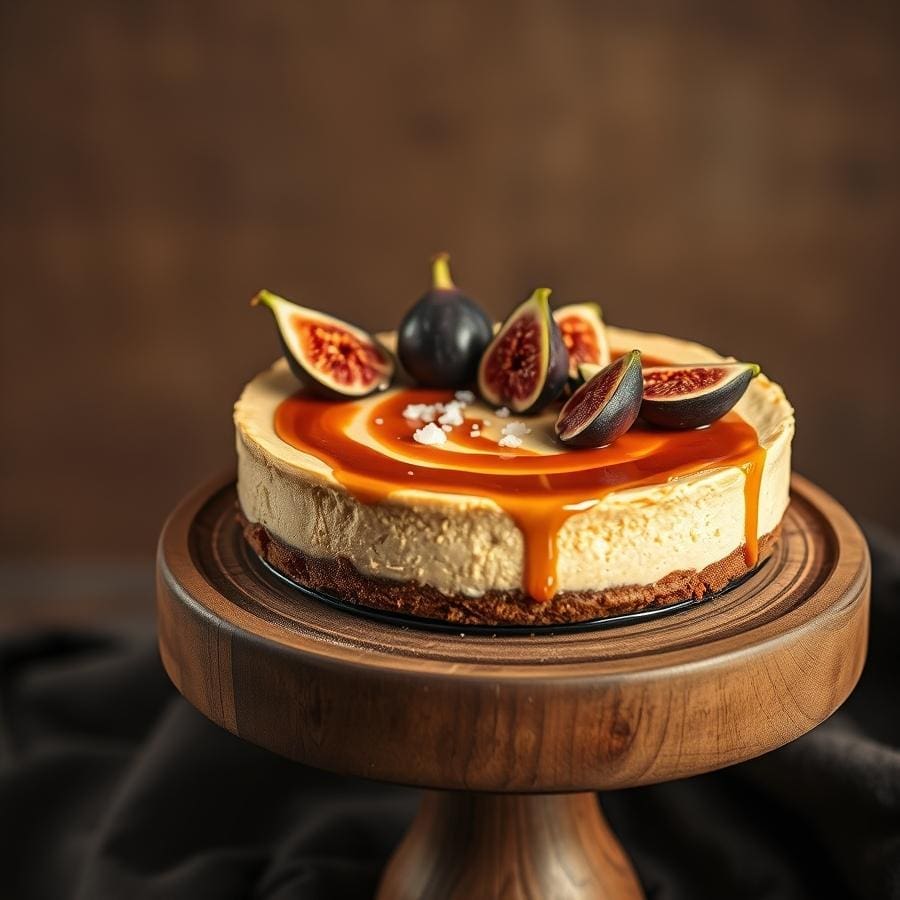
The magic of this cheesecake isn’t just in the ingredients, but in the culinary science behind them. Understanding the ‘why’ helps you nail the recipe every time.
- Soaked Raw Cashews: Cashews are a nutritional powerhouse, rich in healthy fats, protein, and minerals like magnesium and zinc. When soaked and blended, their high fat and starch content allows them to break down and emulsify, creating a thick, smooth, and incredibly creamy base that mimics the texture of dairy cream cheese. Research published in the journal Nutrients highlights that cashews are an excellent source of monounsaturated fatty acids, contributing to their rich mouthfeel.
- Coconut Cream: This provides the necessary fat content for richness and structure. The saturated fats in coconut cream solidify when chilled, which is crucial for helping the cheesecake set to a perfect, sliceable consistency.
- Lemon Juice: This is more than just a flavor enhancer. The acid in lemon juice brightens the rich flavors of the cashews and coconut, cutting through the fat and adding that characteristic ‘tang’ you expect from a classic cheesecake. It balances the sweetness and prevents the dessert from tasting flat or heavy.
- Baking vs. No-Bake: While no-bake cheesecakes are great, baking this cheesecake does two important things. First, it dehydrates the filling slightly, creating a denser, more concentrated, and less ‘pudding-like’ texture. Second, the gentle heat helps the starches activate and the proteins set, resulting in a more stable structure and an authentically smooth, airy finish.
Essential Equipment for Cheesecake Success
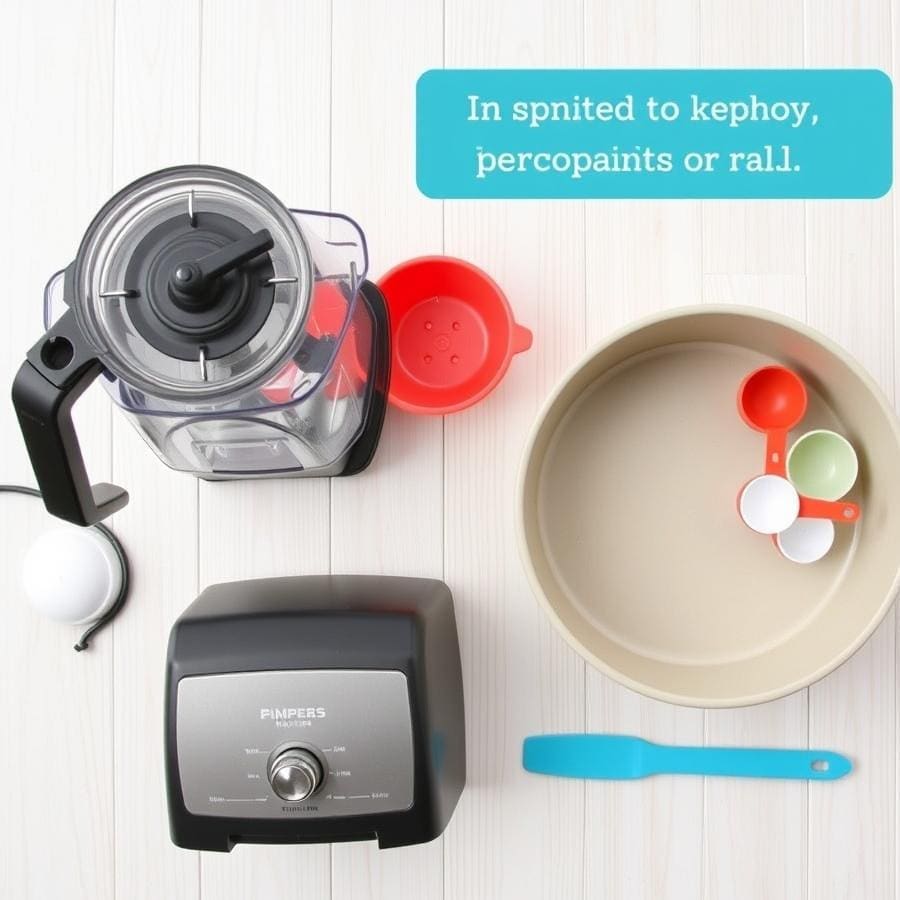
You don’t need a professional kitchen, but a few key tools are non-negotiable for achieving that perfect texture and form.
- A High-Powered Blender: This is the most critical piece of equipment. To get a truly silky-smooth, grit-free filling from the cashews, a high-speed blender (like a Vitamix, Blendtec, or Ninja) is essential. A standard blender may struggle, resulting in a grainy texture.
- 9-inch Springform Pan: This two-piece pan, with its removable sides, is the secret to getting your cheesecake out without any damage. It allows you to present a beautiful, flawless dessert with sharp, clean edges.
- Food Processor (Optional but Recommended): While you can make the crust in a high-powered blender, a food processor makes it easier to achieve the perfect crumbly texture without accidentally turning it into nut butter.
- Parchment Paper & Aluminum Foil: Parchment paper prevents the crust from sticking, and wrapping the outside of the springform pan in foil is a crucial step to prevent any potential leaks in the oven.
The Ingredients You’ll Need
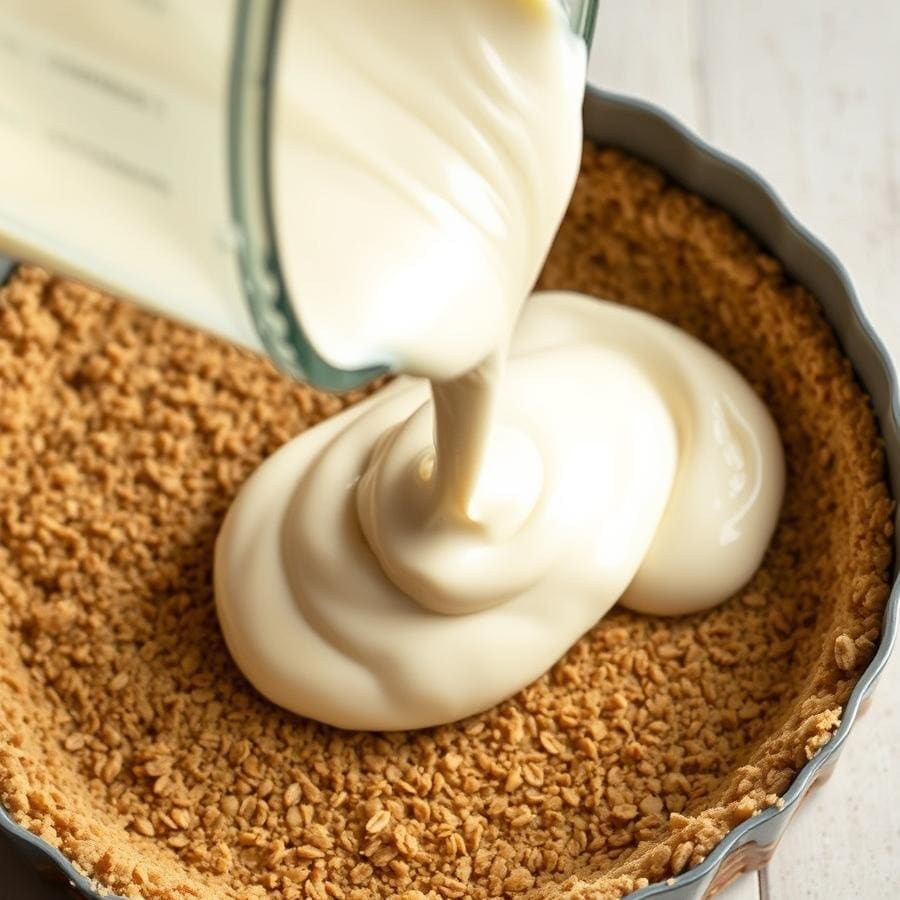
This recipe relies on simple, high-quality ingredients. Here’s what you’ll need for each component.
For the Almond-Oat Crust
- Raw Almonds: Provide a sturdy base and a wonderful nutty flavor.
- Rolled Oats: Be sure to use certified gluten-free oats if necessary. They add a hearty, slightly chewy texture that complements the almonds. Rolled oats are preferable, but quick oats can work in a pinch.
- Pure Maple Syrup: Acts as a binder and adds a touch of natural, caramel-like sweetness.
- Melted Coconut Oil: This helps the crust hold its shape and become crisp when baked. Melted vegan butter is a reliable substitute.
- Salt: A small pinch balances the sweetness and enhances the nutty flavors.
For the Creamy Cashew Filling
- Raw Cashews: The star of the show. Use raw, unsalted cashews for the best results, as roasted cashews won’t blend as smoothly.
- Full-Fat Coconut Cream: Use the thick, solid cream from the top of a can of chilled full-fat coconut milk, or buy canned coconut cream. This is essential for richness. For a less coconut-forward flavor, a thick, plain, dairy-free yogurt can be substituted.
- Pure Maple Syrup: Provides clean sweetness without overpowering the other flavors.
- Fresh Lemon Juice: Do not use bottled! Freshly squeezed lemon juice is critical for the authentic cheesecake tang.
- Vanilla Extract: Adds warmth and depth, rounding out the flavor profile.
How to Make Baked Cashew Cheesecake: A Step-by-Step Guide
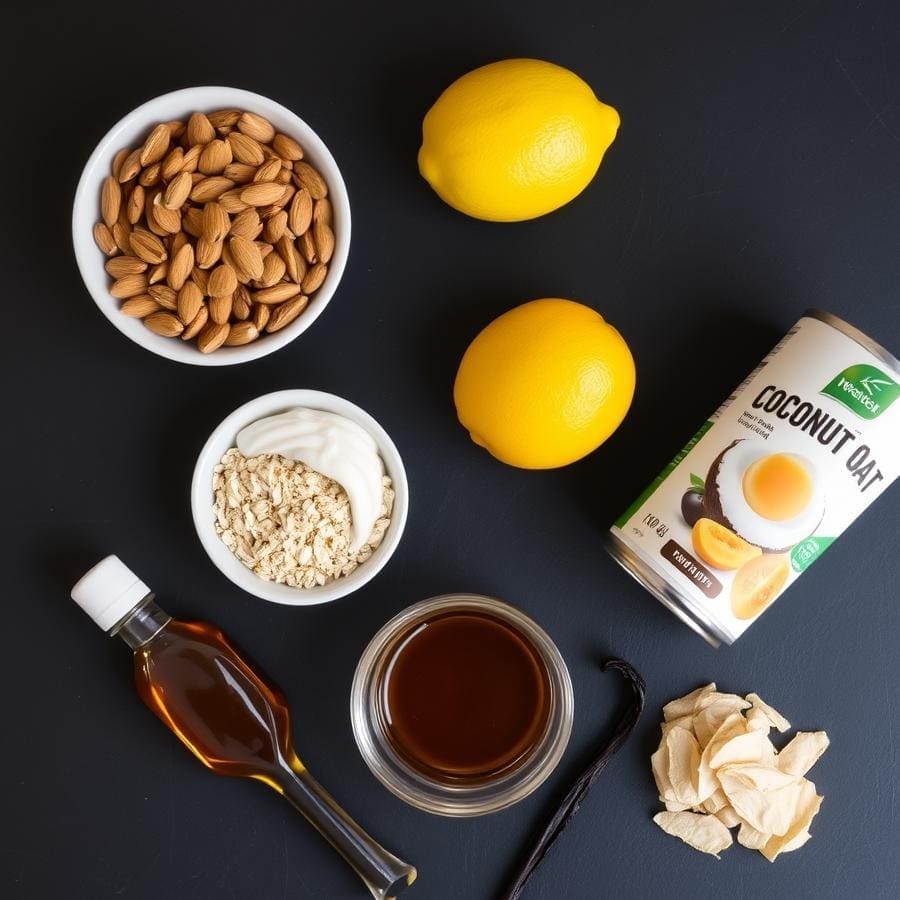
Follow these steps carefully for a perfect cheesecake. The key is in the details, from soaking the cashews to the final chill.
- Soak the Cashews: This is a non-negotiable first step. Place the raw cashews in a bowl and cover them with boiling water. Let them soak for at least 30 minutes (or up to an hour). This softens them for an ultra-creamy blend. Once done, drain and discard the soaking water.
- Prepare the Oven and Pan: Preheat your oven to 350°F (175°C). Wrap the bottom and sides of a 9-inch springform pan with 1-2 layers of aluminum foil to prevent leaks. Line the bottom of the pan with a circle of parchment paper.
- Make the Almond-Oat Crust: In a food processor or blender, pulse the almonds, oats, and salt until they form a coarse, sandy crumb. Add the maple syrup and melted coconut oil, and pulse again until the mixture sticks together when pressed between your fingers. It should be crumbly but moist.
- Par-Bake the Crust: Press the crust mixture firmly and evenly into the bottom and slightly up the sides of your prepared pan. Use the bottom of a glass to get it flat and compact. Bake for 15 minutes until it’s lightly golden and fragrant. Set aside to cool.
- Blend the Filling: Combine the drained cashews, coconut cream, maple syrup, fresh lemon juice, and vanilla extract in a high-powered blender. Blend on high for 2-4 minutes, stopping to scrape down the sides as needed, until the mixture is completely silky smooth. There should be zero grit or graininess.
- Assemble and Bake: Pour the finished filling into the cooled crust. Smooth the top with a spatula. Bake for 50-60 minutes. The edges should look set and the center will still have a slight jiggle to it. This is normal! It will firm up as it cools.
- Cool and Chill (The Hardest Part!): Turn off the oven and let the cheesecake cool at room temperature for at least 30-60 minutes. Then, transfer it to the refrigerator to chill for a minimum of 6 hours, but preferably overnight. This long, slow chill is crucial for the cheesecake to set properly and for the flavors to meld.
Get Creative with Toppings and Variations
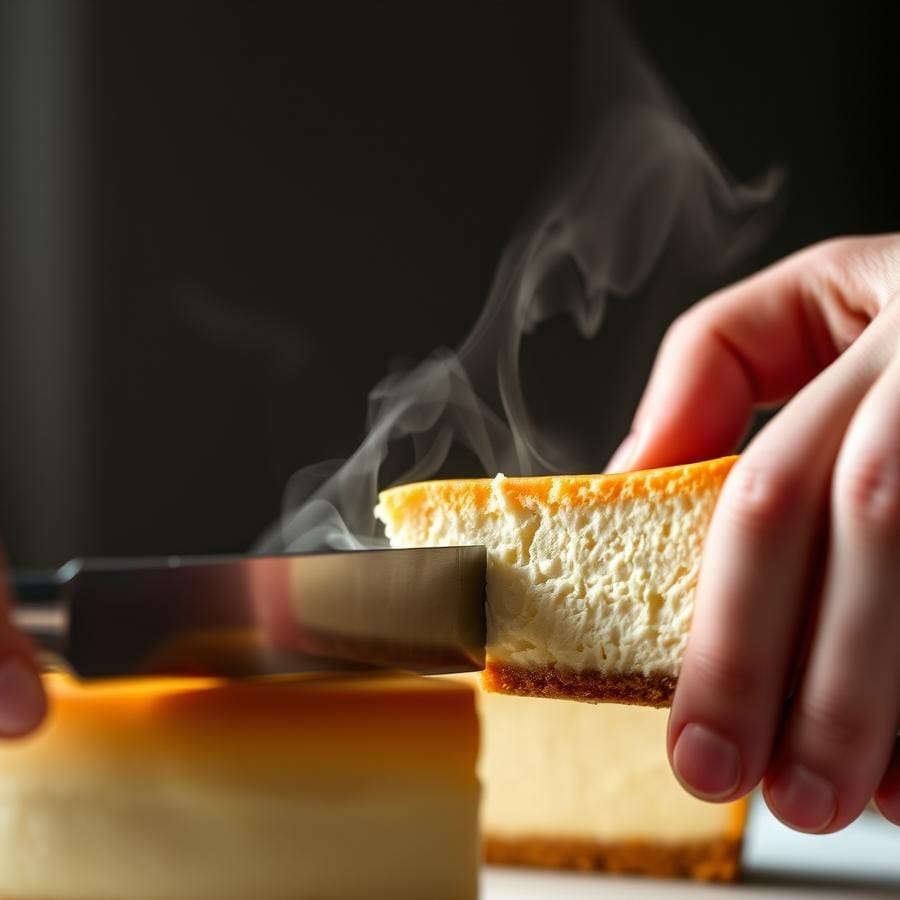
A plain cheesecake is a delicious canvas. Here are some ideas to take yours to the next level:
- Fresh Fruit: A simple topping of fresh berries, sliced peaches, or passionfruit pulp adds a beautiful pop of color and freshness.
- Decadent Sauces: Drizzle with a vegan salted caramel sauce, a rich chocolate ganache, or a homemade fruit coulis (like raspberry or strawberry).
- Citrus Zest & Herbs: A sprinkle of lemon or lime zest and a few fresh mint leaves can brighten the whole dessert.
- Chocolate Lover’s Variation: Add 1/4 cup of unsweetened cocoa powder to the filling before blending for a rich chocolate cheesecake. For another decadent dessert, try our ultimate fudgy vegan chocolate mint brownies.
- Spiced Variation: Add 1 teaspoon of cinnamon and 1/2 teaspoon of nutmeg to the filling for a warm, spiced version perfect for autumn.
Pro Tips for a Flawless Finish

These small details make a big difference between a good cheesecake and a great one.
- Don’t Skip the Soak: Soaking the cashews is the most important step for a creamy texture. If you’re short on time, a 30-minute soak in boiling water is the minimum. If you can plan ahead, soaking for 4-6 hours in cold water is even better.
- Scrape Down the Blender: When blending the filling, stop at least twice to scrape down the sides of the blender jar. This ensures every last bit of cashew is incorporated, eliminating any chance of a gritty texture.
- The Jiggle Test: The cheesecake is done baking when the edges are set but the center 2-3 inches still has a slight wobble, like Jell-O. If you wait until it’s firm all the way through, you’ve over-baked it, which can lead to a rubbery texture.
- Cool Gradually: Drastic temperature changes can cause cracks. Letting the cheesecake cool for an hour at room temperature before refrigerating helps it set gently.
- For the Cleanest Slices: Dip a large, sharp knife in hot water and wipe it completely dry before each and every cut. This melts the fat just enough to glide through cleanly, giving you picture-perfect slices.
Troubleshooting Common Cheesecake Issues

Even the best bakers run into issues sometimes. Here’s how to solve the most common vegan cheesecake problems.
- Why is my filling grainy? This is almost always due to an under-powered blender or not blending for long enough. A high-speed blender needs to run for a full 2-4 minutes to completely pulverize the cashews into a smooth cream. Ensure your cashews were also soaked properly, as this makes them easier to break down.
- Why did my cheesecake crack on top? Cracks are usually caused by over-baking or cooling too quickly. Make sure to pull the cheesecake from the oven when the center is still slightly jiggly. A sudden change in temperature (moving it directly from a hot oven to a cold fridge) can also cause the surface to contract and crack. Let it cool gradually at room temperature first.
- Why didn’t my cheesecake set properly? Patience is key! The cheesecake is not ready to eat until it has chilled for at least 6 hours. The coconut cream and cashew fats need that time in the cold to solidify and give the cake its structure. Also, ensure you used full-fat coconut cream, as light coconut milk or other dairy-free milks don’t have enough fat to set properly.
How to Store and Freeze Your Cheesecake
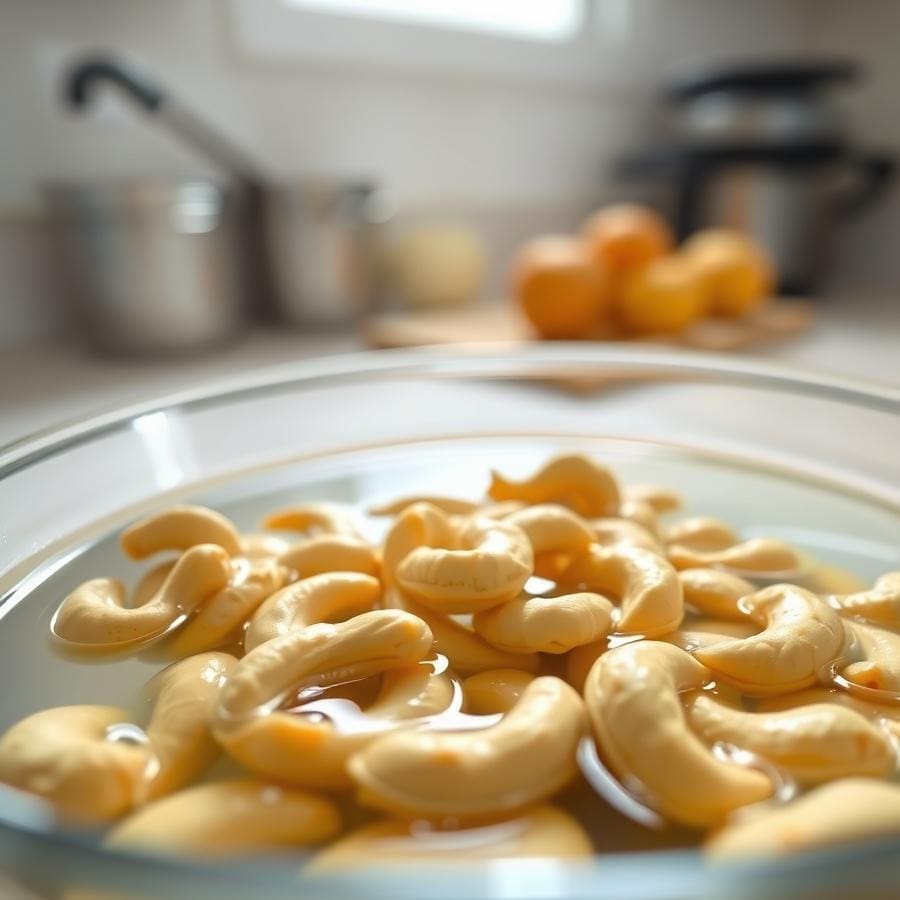
This cheesecake stores beautifully, making it a perfect make-ahead dessert.
- Refrigeration: The cheesecake will last for up to 5 days in the refrigerator. Store it in an airtight container to keep it from drying out or absorbing other fridge odors. The flavor is often even better on the second day!
- Freezing: This cheesecake freezes exceptionally well. You can freeze the entire cake or individual slices. To do so, first place the cheesecake uncovered in the freezer for about 1-2 hours until it’s firm. Then, wrap it tightly in a layer of plastic wrap, followed by a layer of aluminum foil. This prevents freezer burn. It can be frozen for up to 3 months.
- Thawing: To thaw, transfer the frozen cheesecake (or slice) from the freezer to the refrigerator and let it thaw overnight. Thawing at room temperature can cause condensation and make the crust soggy.
Frequently Asked Questions
Is this vegan cheesecake really gluten-free?
Yes, provided you use certified gluten-free rolled oats. Oats are often processed in facilities that also handle wheat, so cross-contamination is a risk. Always check the packaging for a ‘certified gluten-free’ label to be safe, especially if baking for someone with celiac disease, a risk highlighted by the Celiac Disease Foundation.
Can I make this in a different pan?
Yes, a 9-inch pie plate or a standard 9-inch round cake pan will work. However, you won’t be able to remove it with the same clean sides as a springform pan. To serve, you’ll likely need to slice it directly from the pan.
Can I use a different nut for the crust?
Absolutely. Walnuts or pecans would make a delicious and equally sturdy crust. Use the same measurements.
Is there a substitute for cashews?
For this specific recipe, raw cashews are essential for the texture. If you have a nut allergy, this recipe isn’t suitable. You would need to look for a vegan cheesecake recipe based on ingredients like silken tofu, vegan cream cheese, or pumpkin.
Conclusion
Creating a luxurious, decadent baked cheesecake that’s entirely plant-based is not just possible—it’s a truly rewarding experience. This recipe proves that you don’t need dairy to achieve the creamy texture and rich flavor you crave. By understanding the simple science behind the ingredients and following these tips, you’re well on your way to making a dessert that will wow everyone at the table, vegan or not. If you loved making this dessert, try our ultimate vegan mint chocolate Oreo cupcakes next! Happy baking!
